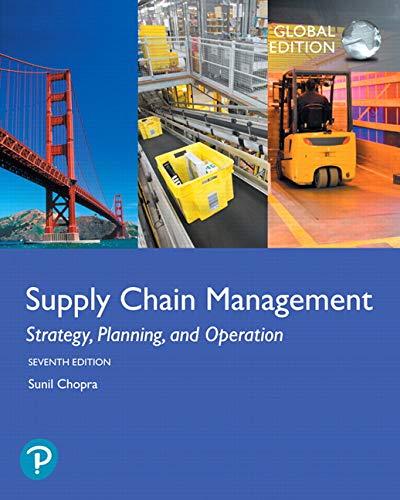Return to the bicycle manufacturer NatBike in Exercise 6. Assume that the plant has a capacity of
Question:
Return to the bicycle manufacturer NatBike in Exercise 6. Assume that the plant has a capacity of 20,000 bicycles. If additional capacity can be added at a cost of $25 per bicycle, how should NatBike price to each of the two segments and how much capacity should it add? How are profits affected relative to Exercise 6?
Data From Exercise 6
NatBike, a bicycle manufacturer, has identified two customer segments; one segment prefers a customized bicycle and is willing to pay a higher price whereas the other is willing to take a standardized bicycle but is more price sensitive. Assume that the cost of manufacturing either bicycle is $200. Demand from the customized segment has a demand curve of d = 20,000 − 10 p and demand from the price-sensitive standard segment is d = 40,000 − 30 p . What price should NatBike charge each segment if there is no capacity constraint? What price should NatBike charge each segment if the total available capacity is 20,000 bicycles? What is the total profit in each case?
Step by Step Answer:

Supply Chain Management Strategy Planning And Operation
ISBN: 9781292257891
7th Global Edition
Authors: Sunil Chopra





